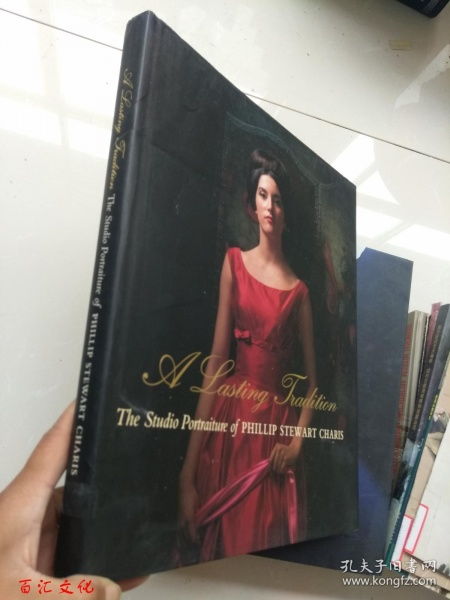In the world of traditional fishing, the skill of tying the line is as essential as the choice of bait or the understanding of fish behavior. The line serves as the bridge between angler and prey, and its proper preparation can make the difference between a successful catch and a frustrating day on the water. Here, we delve into the art of traditional fishing line tying, offering techniques and tips to help you master this vital skill.
Understanding the Basics
Before delving into the nitty-gritty of tying techniques, it's important to understand the basics of the materials involved. Traditional fishing lines are typically made from natural fibers like silk or silk-like materials, or from synthetic fibers such as nylon or Dacron. These lines are chosen for their strength, flexibility, and buoyancy, which are crucial for successful fishing.
Choosing the Right Line
The first step in the process is selecting the right line. The type of line you choose will depend on the fish you're targeting, the conditions of the water, and the type of rod you're using. For instance, silk lines are preferred for their sensitivity and strength, making them ideal for fly fishing, while synthetic lines are more durable and suitable for heavy-duty fishing.
The Basic Knots
There are several basic knots that every angler should know. These include:
- The Clinch Knot: A versatile knot used for attaching hooks, lures, and leaders to the line.
- The Improved Clinch Knot: A stronger version of the Clinch Knot, ideal for heavier lines and thicker hooks.
- The Palomar Knot: Known for its simplicity and strength, this knot is excellent for attaching hooks and lures.
- The Uni Knot: A very strong and durable knot, often used for joining lines or attaching leaders.
Tying the Clinch Knot
Here's a step-by-step guide to tying the Clinch Knot:
- Make a loop in the end of the line and pass the line through the loop.
- Hold the standing end in one hand and the loop in the other.
- Pass the standing end down through the loop, then back up through the loop again.
- Make a second loop in the standing end and pass it down through the first loop.
- Moisten the knot and pull both ends to tighten it.
Tying the Improved Clinch Knot
The Improved Clinch Knot is similar to the Clinch Knot but provides additional security for heavy-duty applications:
- Make a loop in the end of the line and pass the line through the loop.
- Make a second loop in the standing end, which will be used to secure the knot.
- Pass the standing end down through the first loop, then back up through the second loop.
- Pass the standing end down through the first loop again, creating a second crossing.
- Make a second loop in the standing end and pass it down through the first loop.
- Moisten the knot and pull both ends to tighten it.
Tying the Palomar Knot
The Palomar Knot is straightforward and highly effective:
- Make a loop in the end of the line and pass the line through the loop.
- Cross the end of the line over the standing end, creating a second loop.
- Pass the end through the second loop, then back through the first loop.
- Moisten the knot and pull both ends to tighten it.
Tying the Uni Knot
The Uni Knot is a strong and versatile knot suitable for joining lines or attaching leaders:
- Form a loop in the end of the line and pass the line through the loop.
- Cross the end of the line over the standing end, creating a second loop.
- Pass the end through the second loop, then back through the first loop.
- Moisten the knot and pull both ends to tighten it.
Advanced Techniques
Once you've mastered the basic knots, you can explore more advanced techniques. For instance, the Blood Knot is excellent for joining two lines of different diameters, while the Surgeon's Knot is a strong and reliable option for attaching leaders.

Conclusion
The art of traditional fishing line tying is a skill that can greatly enhance your fishing experience. By understanding the basics and practicing the various knots, you'll be well-equipped to handle any fishing situation. Whether you're targeting delicate trout or hard-fighting salmon, the right line preparation is key to success. So, grab your line and practice these techniques, and soon you'll be tying your lines with confidence and precision. Happy fishing!












